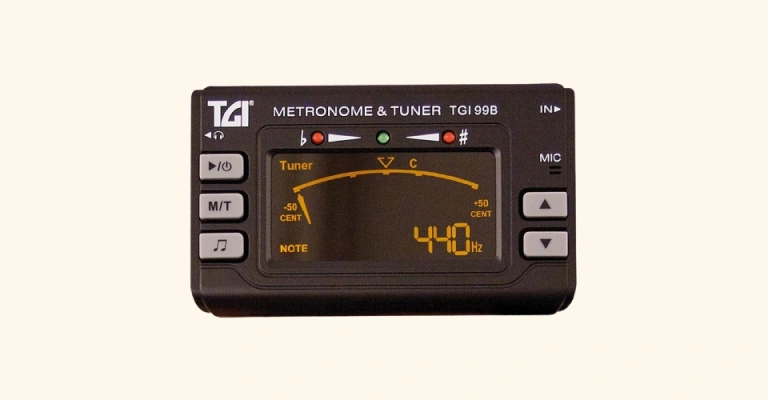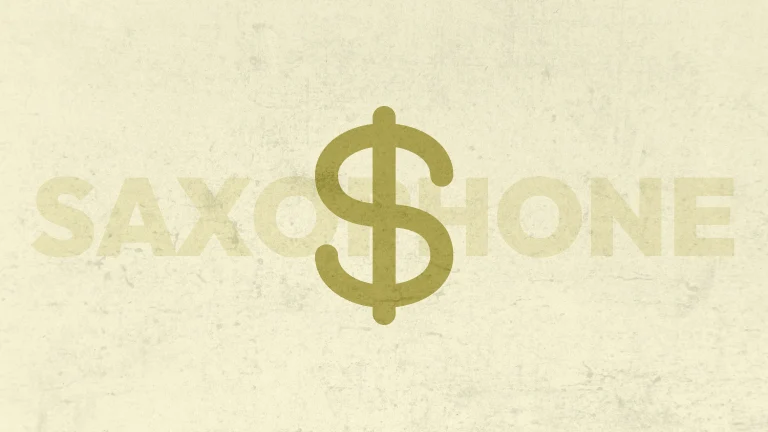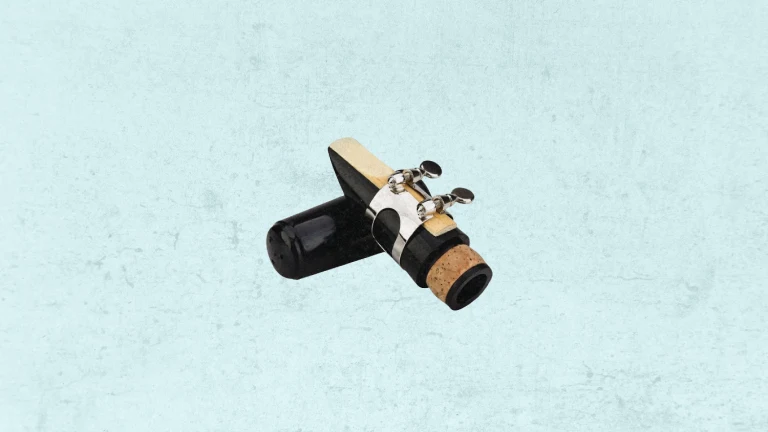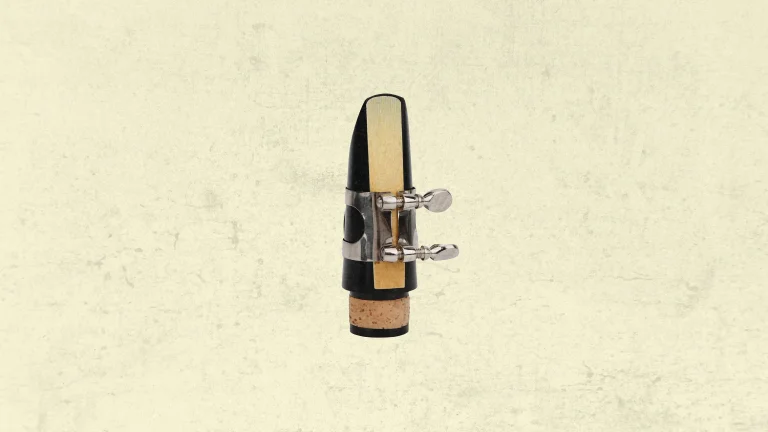In this article, you will learn how to tune a flute in the right way. I will teach you the methods that will make it easy for you every time you tune your instrument.
Although it’s not as hard, many beginner flute players don’t know how to tune their flutes or don’t know the correct way.
When you want to tune it, you must know what role headjoint plays, what note to tune first, and so on.
Also, it’s important to know how to assemble your flute to be able to tune and play it.
How To Tune A Flute Properly
So, let’s dive in and learn more about tuning a flute to achieve the best results. Of course, you will need to use a tuner to tune your flute.
1. Understanding The Headjoint

First, before you start tuning, you need to understand how important a flute headjoint is for tuning and how you should use it.
With headjoint, you control the pitch of the note and you can do it by adjusting it. You can change the note pitch by screwing the headjoint in or out:
- If the note is sharp, you need to screw out the headjoint
- If the note is flat, then you need to screw in the headjoint
So, the length of the flute is controlled by adjusting the headjoint which affects the pitch of the note.
And doing it correctly is very important, especially when you record a flute.
2. Use A Chromatic Tuner

Now, to start the tuning process, you should use the chromatic tuner, whether it’s a pedal, a small tuner device, or a mobile app.
Chromatic tuners are easier to tune instruments with. They have a simple interface with a needle that shows if the note is in tune, flat, or sharp.
Also, make sure that the tuner calibration setting is set to 440hz because this is the default frequency for tuning instruments.
3. Warm Up Your Flute

The reason you want to warm up the flute before tuning is that you will get more accurate results and your instrument will be in better tune.
Without warming up, the instrument will be cold. If you tune it immediately and start playing, it will become warmer and will go out of tune.
No matter if you have one of the best flutes in the world – it needs to be prepared for tuning.
So, for a couple of minutes play some of your favorite melodies or scales to warm up your instrument to prepare it for tuning.
4. Tune The Middle Note

After the warm up it’s time to tune your instrument. But here is the important thing to do – you must choose the right note to tune your flute.
The right note to tune is the note in the middle of the flute, for example, the G note. This way you get the best result because the middle note will give you the most accurate tuning.
For example, if you tune too high or low notes, you won’t get good tuning. Of course, it’s impossible to tune your flute perfectly, but this method will give you the best result.
So, turn on the tuner, pick a note, and start playing your flute. Keep the note for several minutes and look at the tuner.
If the needle of the tuner is consistently in the middle, it means that it’s in tune. Of course, it won’t stop at the center but it should be there. Also, many tuners will have some kind of indication such as a green light or something similar.
But if the note is slightly sharp or flat, then you need to adjust the headjoint the way it’s explained above.
When the main note is in tune, it’s always a good idea to check other notes too. In general, they should be in tune, not perfectly, but in tune. Of course, high-end flutes will be more perfectly in tune than cheaper ones.
But the important thing is to tune the note in the middle of the instrument because it will guarantee the best result.
Conclusion
As you can see from this guide, to tune a flute in the right way you should follow several steps. It’s important to warm up the instrument to get better results, understand how headjoint works for tuning, and choose the correct note for tuning.





